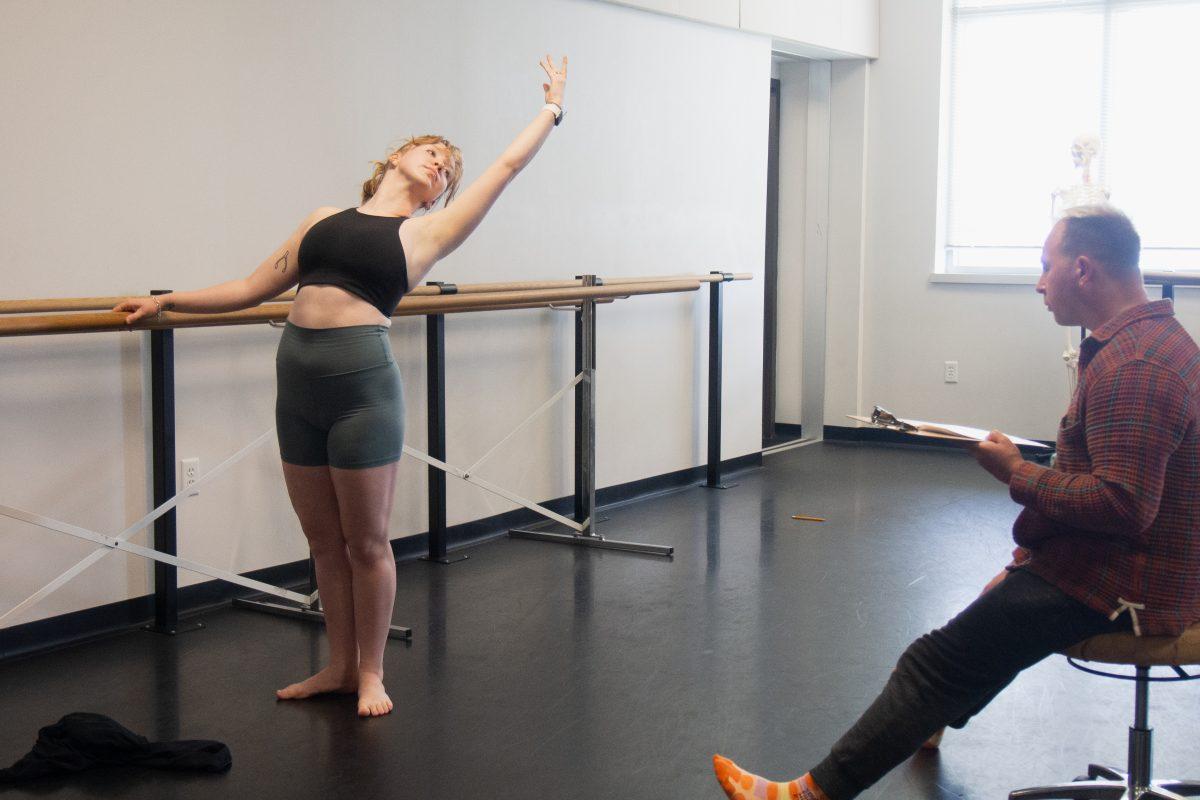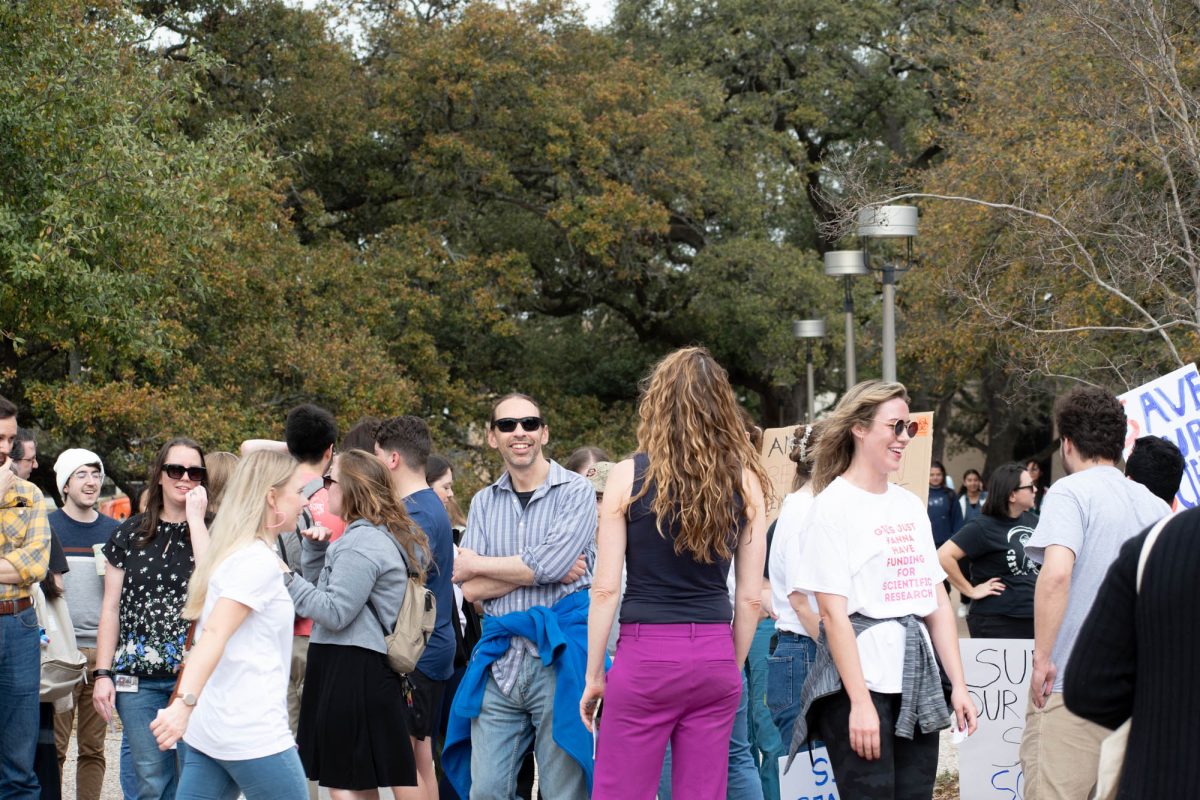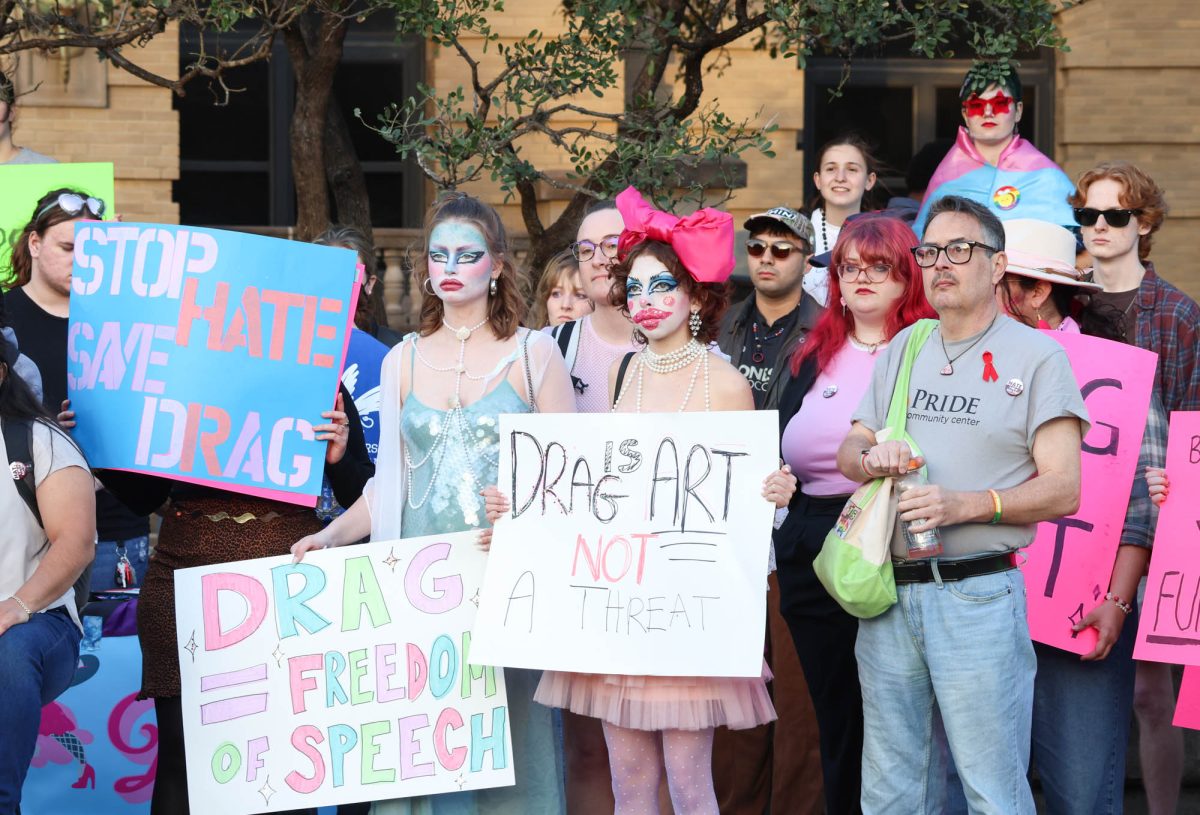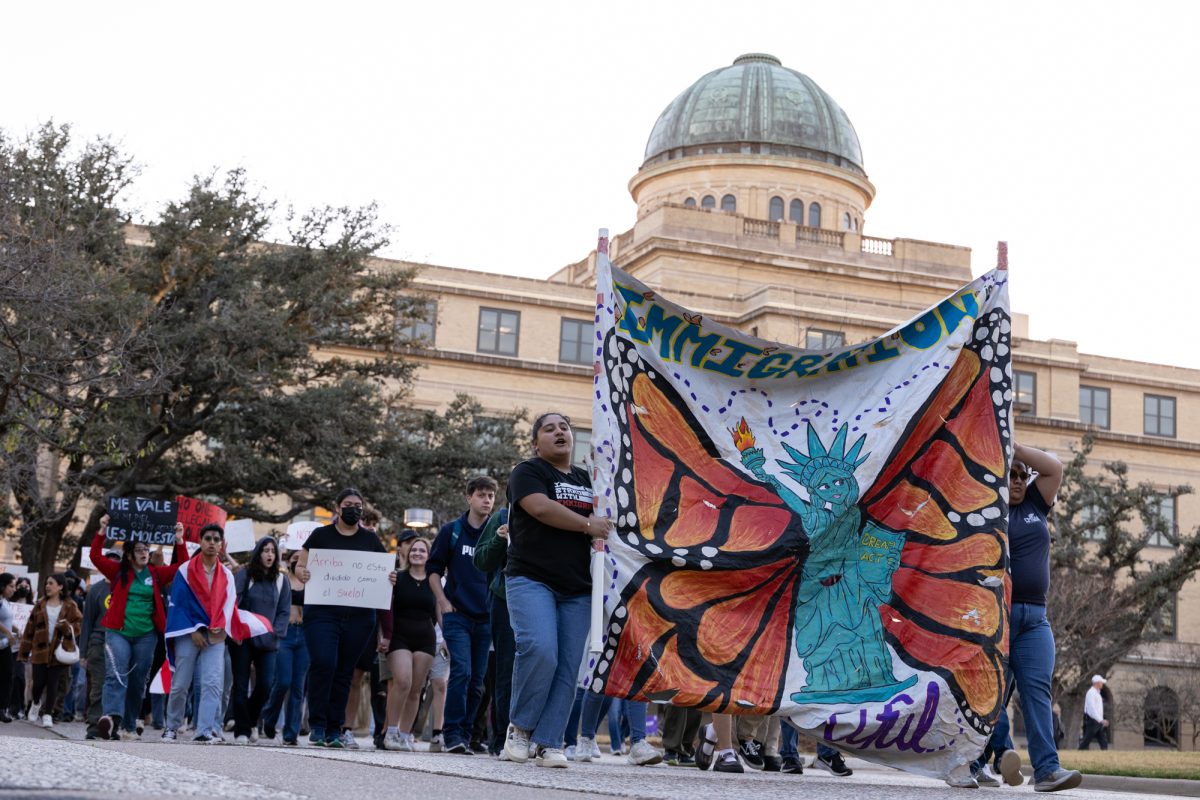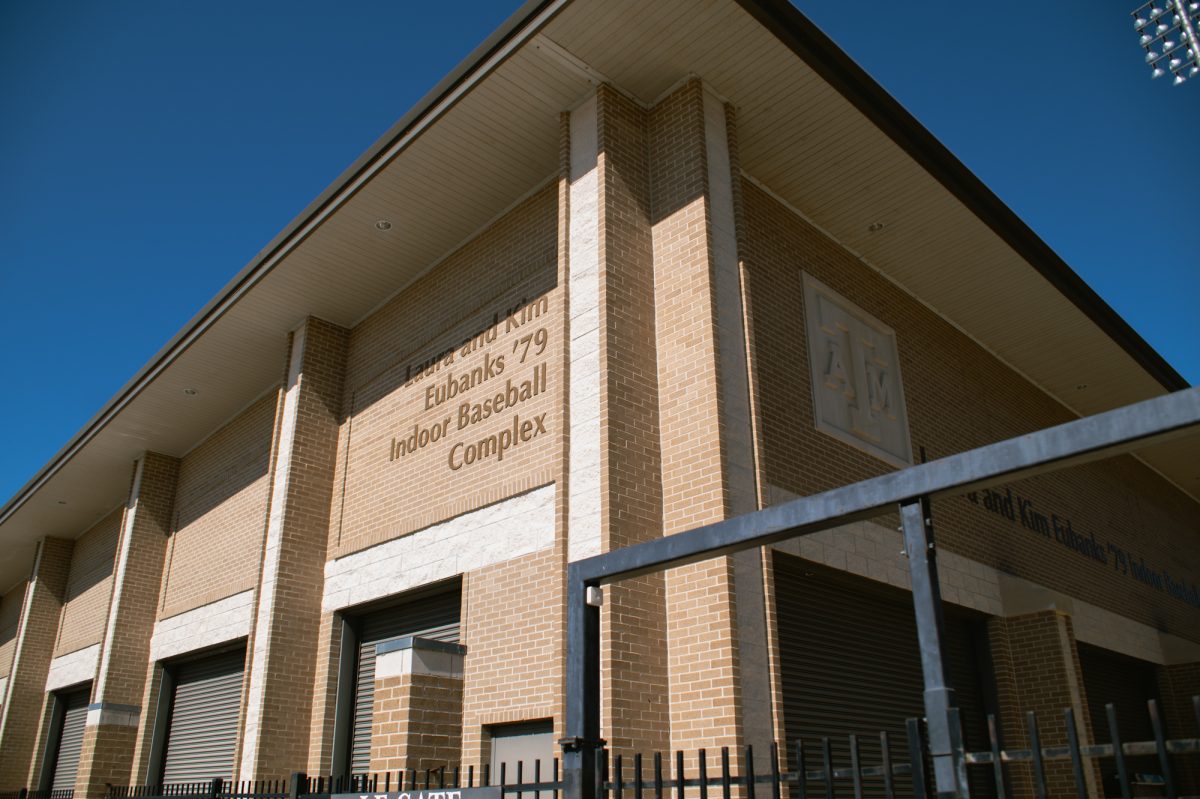This month, the School of Performance, Visualization and Fine Arts, or PVFA, celebrated its first year at Texas A&M.
Established Sept. 1, 2022, PVFA was created for students who love to imagine, create, learn and grow, according to its website. Since its creation, PVFA has developed new degree programs and minors to attract students, focusing on collaboratively bringing its programs together so students can work on them simultaneously.
The school offers three undergraduate and graduate majors: dance science, performance studies and visualization. This school provides a way for students to get their master’s and bachelor’s degrees at the same time with a joint degree program in performance studies, according to its website. Additionally, PVFA offers nine minors with six new ones that include music technology, graphic design, studio art, devised theater, choreography and dance performance.
Associate professor of dance science Carisa Armstrong has taught at A&M for two decades and said the school has a strategic focus on moving forward.
“It has been exciting because all of the arts on campus have come together in one place, so it has made collaborative projects a lot easier,” Armstrong said.
Kinesiology junior Rebecca Saccone said she is all for the growth of this new school, especially with its new research. Saccone is enrolled in dance classes to become a physical therapist for dancers.
“We started off very small when I came here as a freshman, and now we are getting to expand and interconnect with the [visualization] and the performance majors,” Saccone said. “It is cool to intermix and bring technology into dance.”
Visualization graduate student Sean Kerrigan said he is eager to see how the school’s majors will partner with the other majors as the school grows. Kerrigan said he was impressed by the new equipment the school has invested in for his major.
“The biggest change so far, since the school is very new, is we have more support from the university and a better budget which is nice,” Kerrigan said. “We are seeing some new hires of professors and more specific curriculum for some wide variety of the classes students will be able to take.”
The classes that Kerrigan takes are unlike normal lectures but rather hands-on experience learning, he said.
“We get to simulate what we want to be doing in the industry,” Kerrigan said. “We get a taste of what it is like to work on an animated project and we get animated portfolio pieces, learn teamwork, get great feedback and always learn.”
Kerrigan said he is thankful for the alumni who are supportive and generous with their time, including many individuals from Pixar, Dreamworks Animation and Disney.
“A&M has a program that has been around for a while, that has an amazing reputation and has so many great connections across the industry,” Kerrigan said. “It is perfectly combined with the more scientific computer side with the more artistic and traditional side, so it is a great half and half that I think the students really love.”
The school is still changing in order to help the students with their goals for career aspirations, Armstrong said.
“Two weeks before school started we got approved for our new B.S. in dance science by the state,” Armstrong said. “It has been a really long process, [so] lots of writing a curriculum but it is very exciting because all of these changes mean it is going to be better for our students.”
Armstrong said different professors, including herself, approach teaching their classes like labs. She said she also conducts technique and wellness screens yearly with her students.
“We tell our students that all of the learning is very hands-on,” Armstrong said. “We are breaking down why we do things and what is the best way to keep the body safe.”
Armstrong said she has hopes and expectations for the school’s future in different ways.
“For the future of this school, we [should] get a performing arts center where all of the art programs can have the academic and creative research space they need, including some new performance spaces that are manageable sizes,” Armstrong said. “We have talked a lot about creating new degrees where students are in multiple art forms and not just one discipline.”




